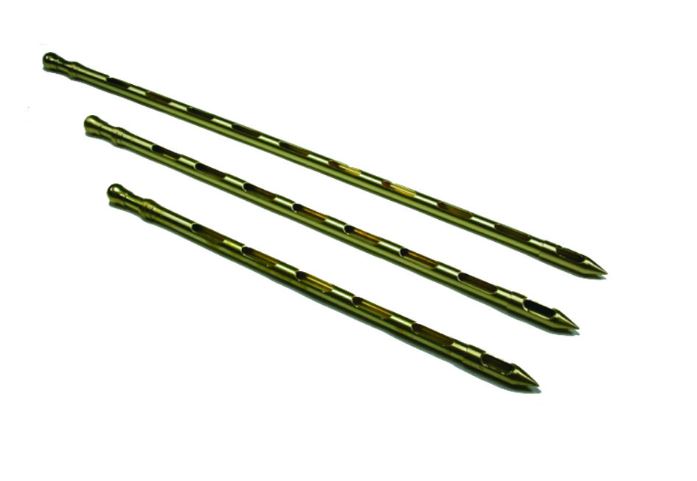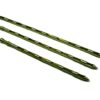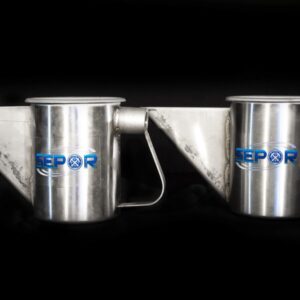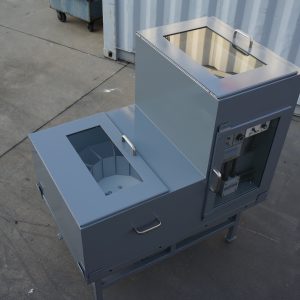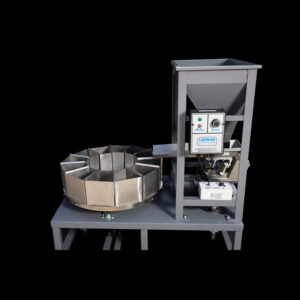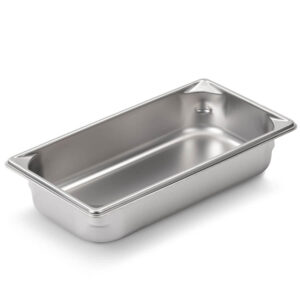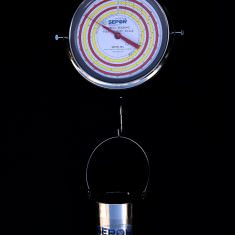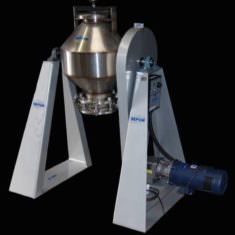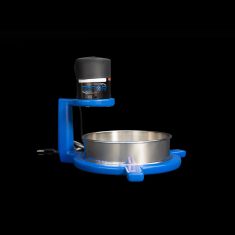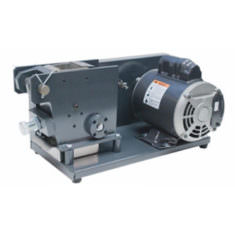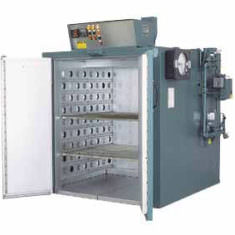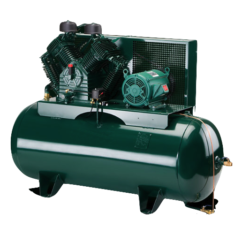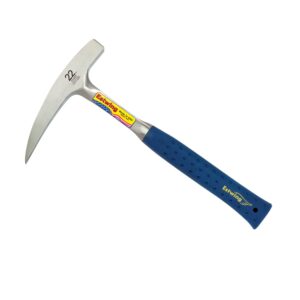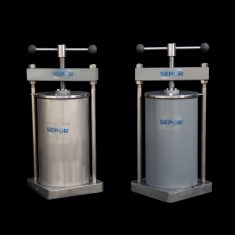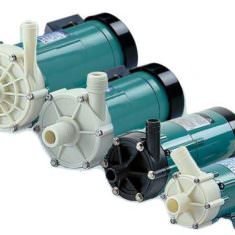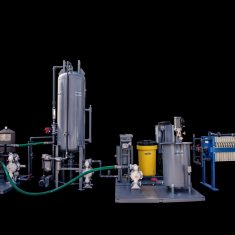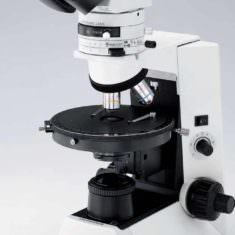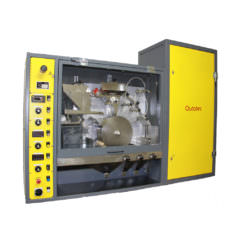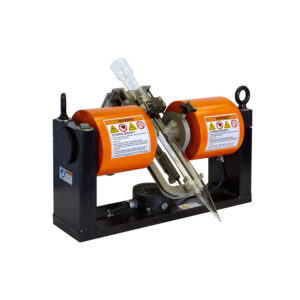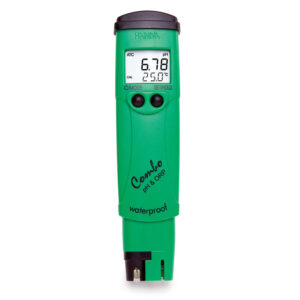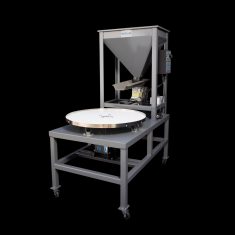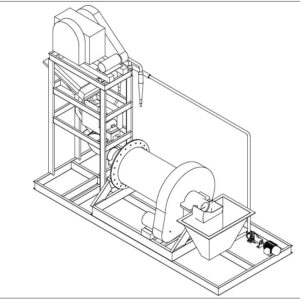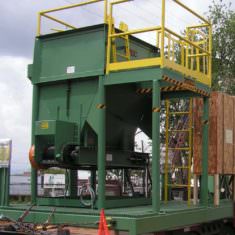This series of sampling probes are designed to sample granular, dry solids that are free flowing. They are used in applications such as granular minerals, granular ores and granular or free flowing powder chemicals. The operation of the probe (also referred to as a “sample thief”) is relatively simple. The probe is inserted into the material to be sampled with the sample openings in the closed position. The internal section of the probe is then rotated so the sample ports are in the open position. The flowable material flows into the sample probe through the ports. The internal section is again rotated, closing the ports and the sample probe is withdrawn. The probe will give samples from various levels of the material, similar to a ‘core sample.
There are two types of sample probe configurations, those with partitions between the ports and those with no partitions between the ports. The partitioned port sample probes (partition between port openings to keep sample from flowing from one opening area to another opening area) are referred to as closed probes, while the non-partitioned probes are referred to as open probes. Open probes have an opening in the handle and may be turned upside down to empty, dumping all sample through the end of the probe. Partitioned sample probes have to be emptied of sample material by dumping or removing the sample at each respective port opening. Some sample probes have an auger attached, to make it easier to insert the prove into the material being sampled and several types of probes simply have an auger point, a small auger welded only to the point area, for the same reason. Some models of the sample probe have a T-Handle attached at the top, again to assist in inserting and removing the probe from the material being sampled. The table below gives the various lengths, diameters and number of slots in the sample probes available.
